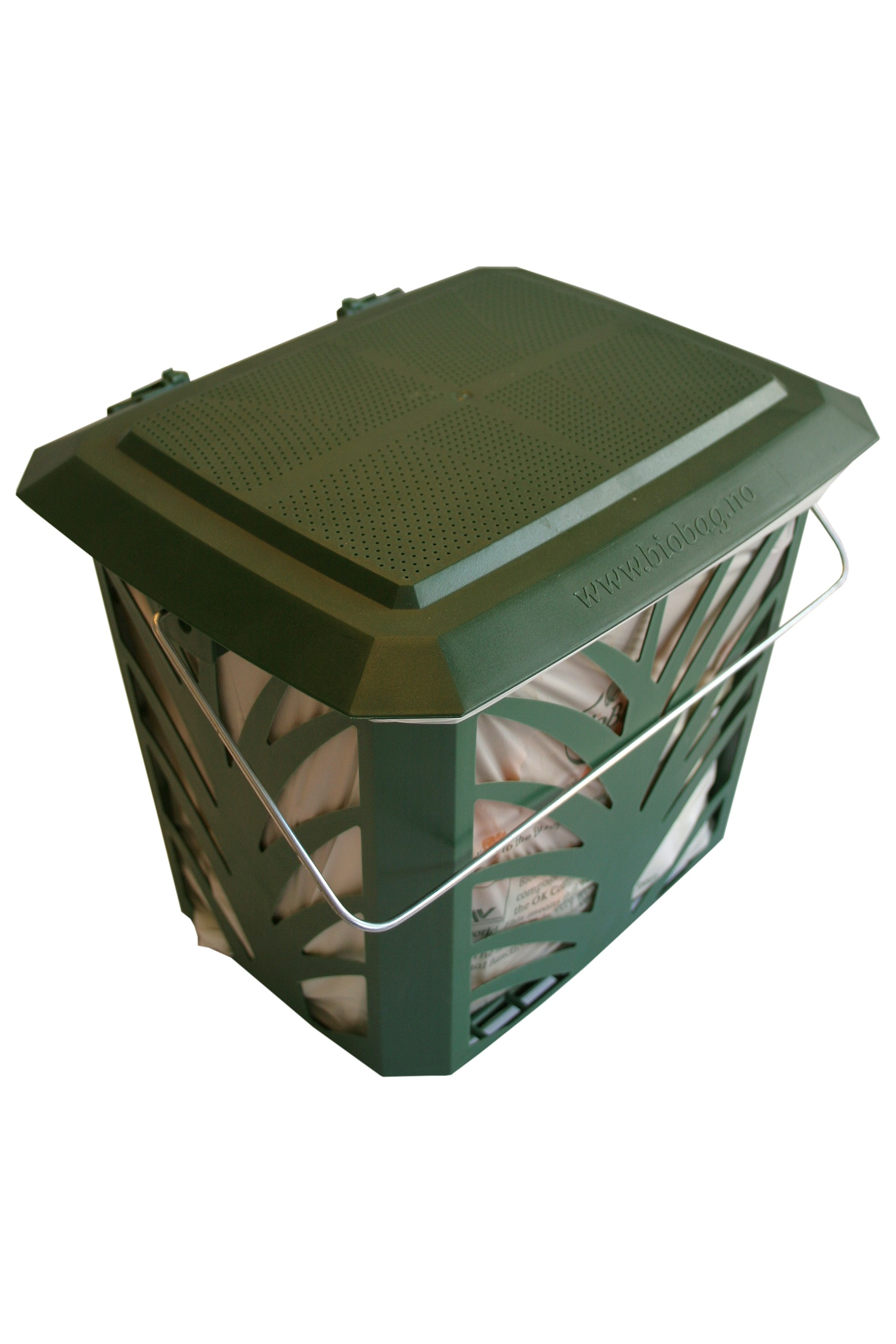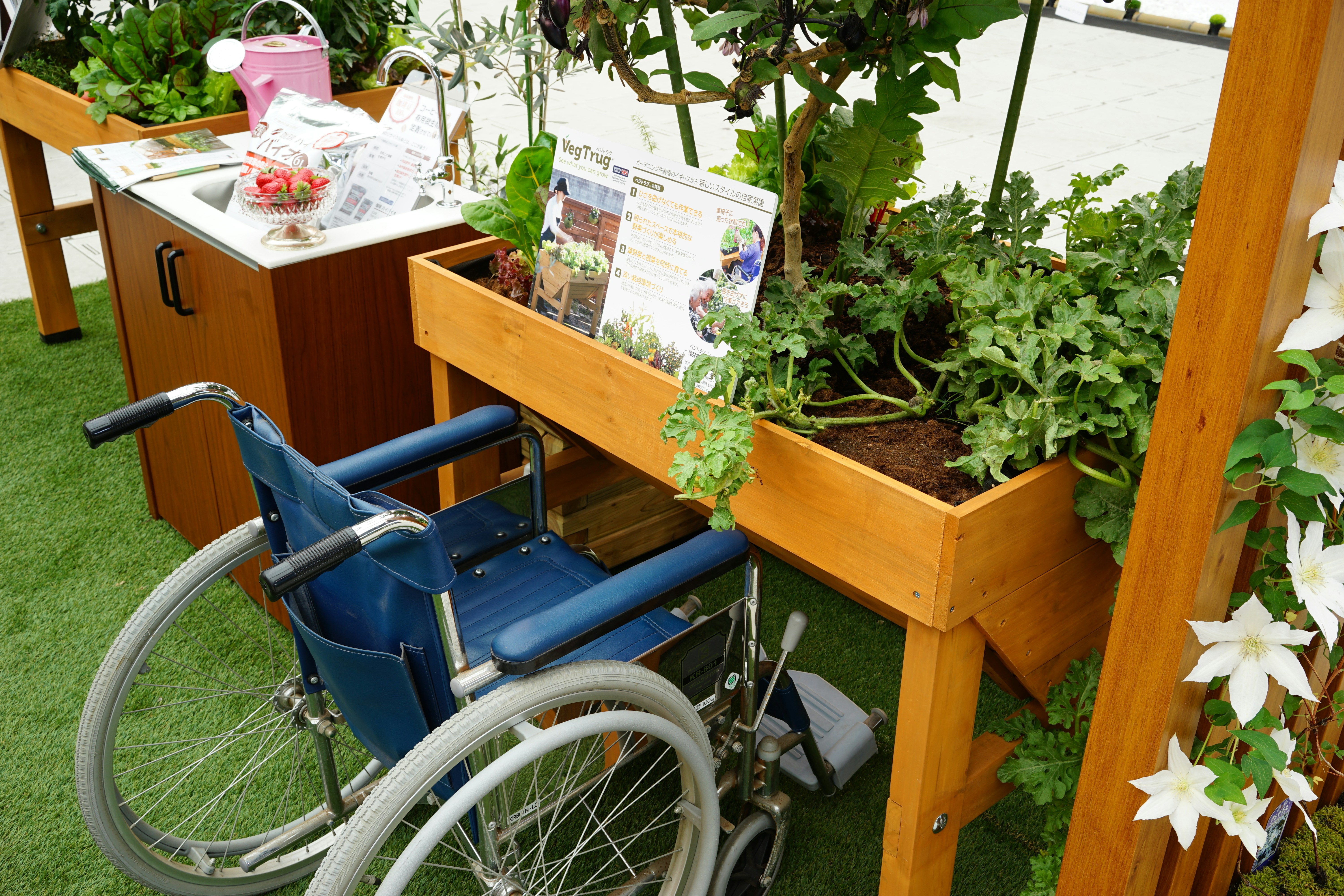Introduction: Why Composting is a Game Changer for Gardeners
Composting at home has gained significant traction among gardeners and environmentally conscious individuals. This sustainable practice transforms organic waste, such as kitchen scraps and yard debris, into rich, fertile soil that enhances plant growth. By utilizing compost, gardeners can provide their plants with essential nutrients while significantly reducing their reliance on chemical fertilizers. Not only does this organic matter support healthy vegetation, it also nurtures soil microorganisms, promoting an ecosystem that benefits both plants and the environment.
A key advantage of home composting is its ability to divert waste from landfills. Food scraps and yard waste make up a significant portion of municipal solid waste, leading to increased landfill burden and greenhouse gas emissions. Composting allows individuals to effectively manage their organic waste while contributing to a healthier planet. As compost materials decompose, they naturally break down into nutrient-rich humus, which can be amended into garden beds or potted plants, creating a sustainable cycle of growth.
Moreover, composting can enhance soil structure, aeration, and water retention, making it a vital practice for anyone looking to improve their garden’s productivity. This method fosters a circular approach to gardening, where waste becomes a resource, transforming what many might consider trash into valuable nourishment for their plants. Through the art of composting, individuals can encourage biodiversity, promote healthier flora, and reduce their environmental footprint.
As more people recognize the numerous benefits of composting, it is becoming an integral part of sustainable gardening practices. Whether you are growing a small herb garden or cultivating a larger vegetable patch, the incorporation of compost can elevate your gardening experience. By engaging in this rewarding practice, you can not only enhance your gardening endeavors but also actively contribute to a more sustainable lifestyle.
What You Need: Bin Options, Space, and Aeration
When embarking on your composting journey, selecting an appropriate compost bin is a vital first step. Compost bins come in various types, ranging from DIY solutions to manufactured models available in stores. DIY bins can be crafted from materials such as wooden pallets, chicken wire, or plastic containers, providing a customizable approach that caters to individual needs. Alternatively, pre-made bins, often made from plastic or metal, offer ease of use and efficiency. They come in a variety of sizes and designs, which can be easily integrated into different home environments. For those with limited space, consider opting for smaller, compact bins or even worm composting systems.
Choosing the right location for your compost bin is equally important. Ensure that the selected area receives adequate sunlight, as warmth aids in the decomposition process. A spot close to your kitchen will facilitate easy access for adding kitchen scraps, while still allowing adequate air circulation around the bin. If you reside in a particularly cold climate, consider placing the bin in a sheltered area to maintain warmth, thereby encouraging microbial activity essential for breaking down organic materials.
Aeration plays a crucial role in successful composting. It is necessary to maintain a proper airflow to support aerobic microbes, which are essential for efficient decomposition. Regularly turning the compost mixture not only helps aerate it but also mixes the materials, ensuring that wet and dry components are evenly balanced. Incorporating carbon-rich materials, such as dried leaves or shredded paper, alongside nitrogen-rich scraps, like fruit and vegetable peels, will further optimize aeration. Employing a compost thermometer can help monitor the internal temperature of your compost, allowing you to adjust the mixture as necessary for ideal conditions. Establishing these foundational elements is essential for a productive composting experience.
What to Compost: Greens and Browns
Composting is a sustainable practice that transforms organic waste into nutrient-rich soil. To create a balanced compost pile, it is essential to understand the two primary categories of materials: greens and browns. Each of these components plays a unique role in the composting process, contributing to the overall health and efficiency of the compost.
Greens are materials that are high in nitrogen, which is crucial for the microbial activity that breaks down organic matter. Common greens include vegetable scraps, fruit peels, coffee grounds, grass clippings, and fresh plant trimmings. These elements provide the necessary moisture and nutrients that fuel the decomposition process. A good rule of thumb is to aim for a ratio of approximately 2:1 of greens to browns for optimal composting. However, it is important to monitor moisture levels, as too many greens can lead to a soggy compost heap.
Browns are carbon-rich materials that help to balance the nitrogen in greens. This category includes dried leaves, straw, shredded paper, and cardboard. Browns are essential for providing structure to the compost pile, allowing air to circulate and preventing clumping. Ensuring a mix of browns in the compost is vital since they help to absorb excess moisture and reduce odors associated with decomposing greens. Aiming for a mix of about one-third greens to two-thirds browns can foster a successful compost experience.
In addition to these materials, it’s important to avoid composting certain items such as meat, dairy, and oily foods, which can attract pests and create unpleasant odors. By understanding and utilizing the proper balance of greens and browns in your compost, you can effectively convert kitchen and garden waste into a valuable resource for your plants and soil.
What Not to Compost: Meat, Dairy, Oils, and Pet Waste
When embarking on the journey of home composting, understanding what materials to avoid is crucial to maintaining a healthy composting system. Certain items, such as meat, dairy, oils, and pet waste, can disrupt the composting process and create various challenges for those aiming for a successful composting experience.
Meat and dairy products, while they are organic, can lead to significant complications in your compost. These materials decompose more slowly than vegetables and fruit scraps, often attracting unwanted pests like rats and flies. The foul odors that can result from decomposing meat and dairy can deter both you and your neighbors from the composting process. Moreover, these items can harbor pathogens, which can pose health risks if not adequately managed.
Similarly, oils and fats should be omitted from the compost bin. While they are biodegradable, these substances tend to create greasy clumps that do not break down efficiently in a composting environment. The presence of oils can create a barrier that inhibits the flow of air, which is essential for the aerobic bacteria that aid in decomposition. This can ultimately lead to a pile that smells and is unproductive.
Additionally, pet waste should be avoided at all costs. While it may be tempting to include this organic material, pet feces can contain harmful pathogens and parasites that could contaminate the compost. Even in the case of pet waste from herbivorous animals, it is still advisable to err on the side of caution and refrain from adding it to your compost bin.
By being aware of these items to avoid, composters can significantly enhance the efficiency of their composting efforts, reduce the risk of attracting pests, and maintain an odor-free environment in their composting systems.
Step-by-Step Method: Layering, Watering, and Turning
Composting is a practical and sustainable way to recycle organic waste, transforming it into nutrient-rich compost for your garden. A successful compost pile relies on three essential techniques: layering, watering, and turning. For beginners, understanding these steps is crucial for creating an effective composting environment.
The first step in the composting process is proper layering. To establish a balanced mix, alternate between “green” materials, which are rich in nitrogen (such as vegetable scraps, grass clippings, and coffee grounds), and “brown” materials, which provide carbon (including dry leaves, cardboard, and straw). A recommended ratio is approximately two parts brown materials to one part green materials. This layering strategy not only optimizes decomposition but also helps maintain airflow within the pile, which is vital for the composting process.
Next, moisture is key to successful composting. The compost pile should be kept as moist as a wrung-out sponge. If the pile is too dry, microorganisms that facilitate decomposition will struggle to thrive, while excessive moisture can lead to unpleasant odors and slow breakdown of materials. Regularly checking and watering the compost pile as needed will help ensure that moisture levels remain balanced. In drier climates, consider adding moisture regularly, and in wetter conditions, be mindful of excess water that could overflow the pile.
Turning the compost is the final step that encourages decomposition. Aerating the pile by turning it every few weeks allows oxygen to reach the microorganisms working within, significantly speeding up the composting process. Use a pitchfork or shovel to turn the materials, ensuring that the inner, hotter parts of the pile mix with the cooler outer layers. This process aids in even decomposition and contributes to a more uniform compost. By following these three steps—layering, watering, and turning—you can create a thriving compost pile that transforms your kitchen scraps and yard waste into valuable compost for your plants.
Troubleshooting Common Composting Issues
Composting is an excellent way to turn organic waste into valuable nutrients for your garden. However, even the most diligent composters may face certain challenges. Addressing issues related to smell, pests, and slow decomposition is crucial for maintaining a healthy compost environment.
Unpleasant odors can often indicate a problem within the compost pile. Foul smells typically arise from an excess of nitrogen-rich materials, often referred to as “greens,” such as food scraps and grass clippings. To remedy this, it is advisable to balance the nitrogen inputs by adding carbon-rich materials, known as “browns,” like dry leaves, straw, or shredded paper. Additionally, ensuring proper aeration by turning the compost regularly can help mitigate odors and promote aerobic decomposition.
Pests, such as fruit flies and rodents, can invade compost bins if not adequately managed. To keep pests at bay, it is essential to avoid including meat, dairy, and oily foods in your compost, as these attract unwanted visitors. Instead, bury food scraps in the center of the pile, where the heat from decomposition deters pests. For outdoor compost piles, consider enclosing them with a secure lid or using a rodent-resistant compost bin to prevent access.
Slow decomposition can be frustrating for compost enthusiasts. Factors contributing to this issue may include inadequate moisture, insufficient aeration, or an imbalanced mix of materials. To speed up the composting process, ensure that the compost pile remains moist but not overly wet, resembling a damp sponge. Regularly turning the pile can enhance airflow, promoting microbial activity necessary for effective decomposition. Furthermore, maintaining a balanced ratio of greens and browns will help create a thriving environment for compost breakdown.
By recognizing and addressing these common composting issues, you can create a successful compost system that transforms organic waste into nutrient-rich soil. Proper troubleshooting contributes significantly to the longevity and effectiveness of your composting efforts.



